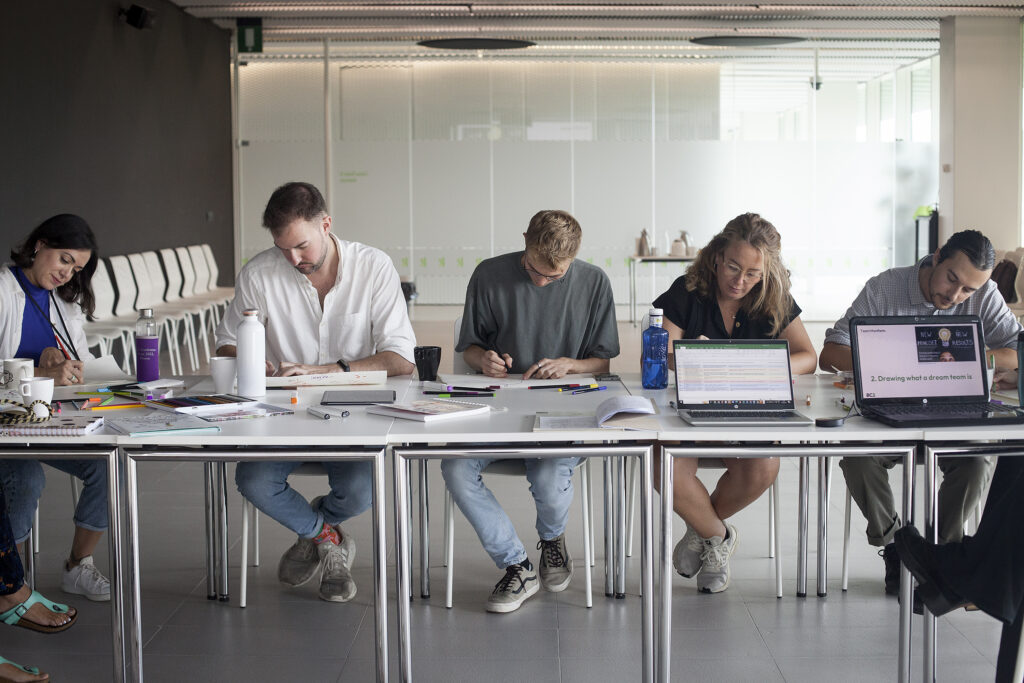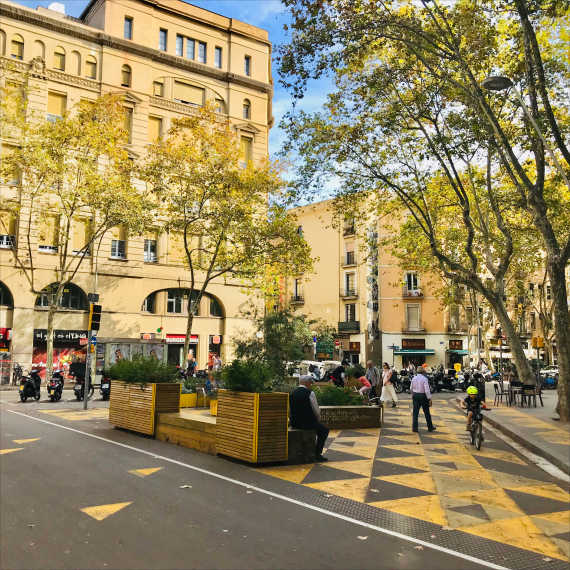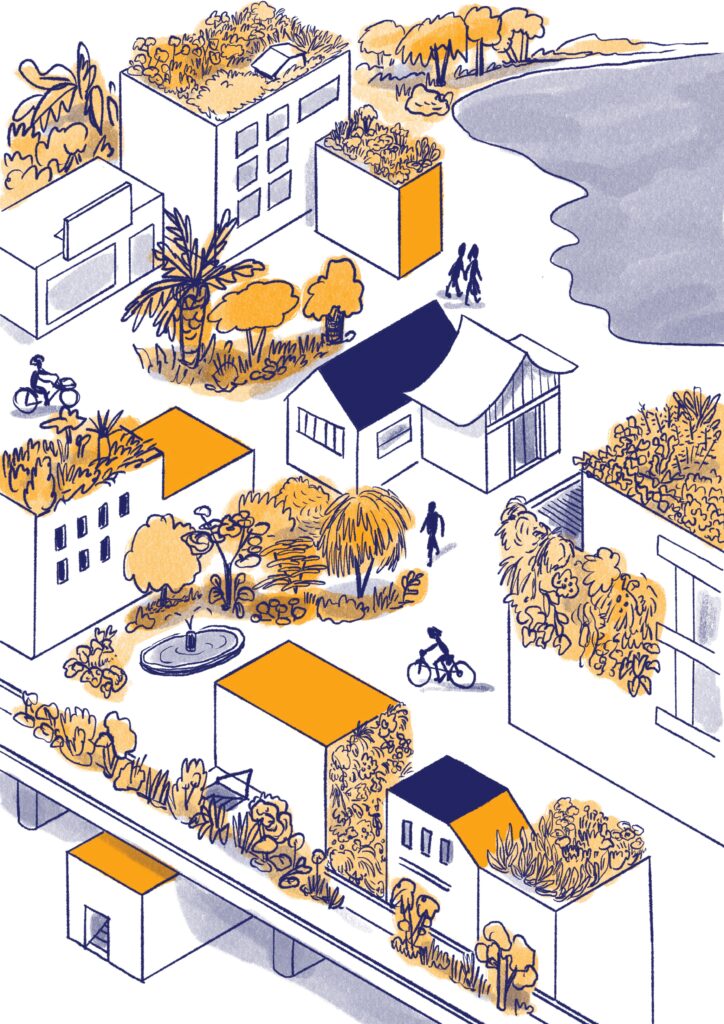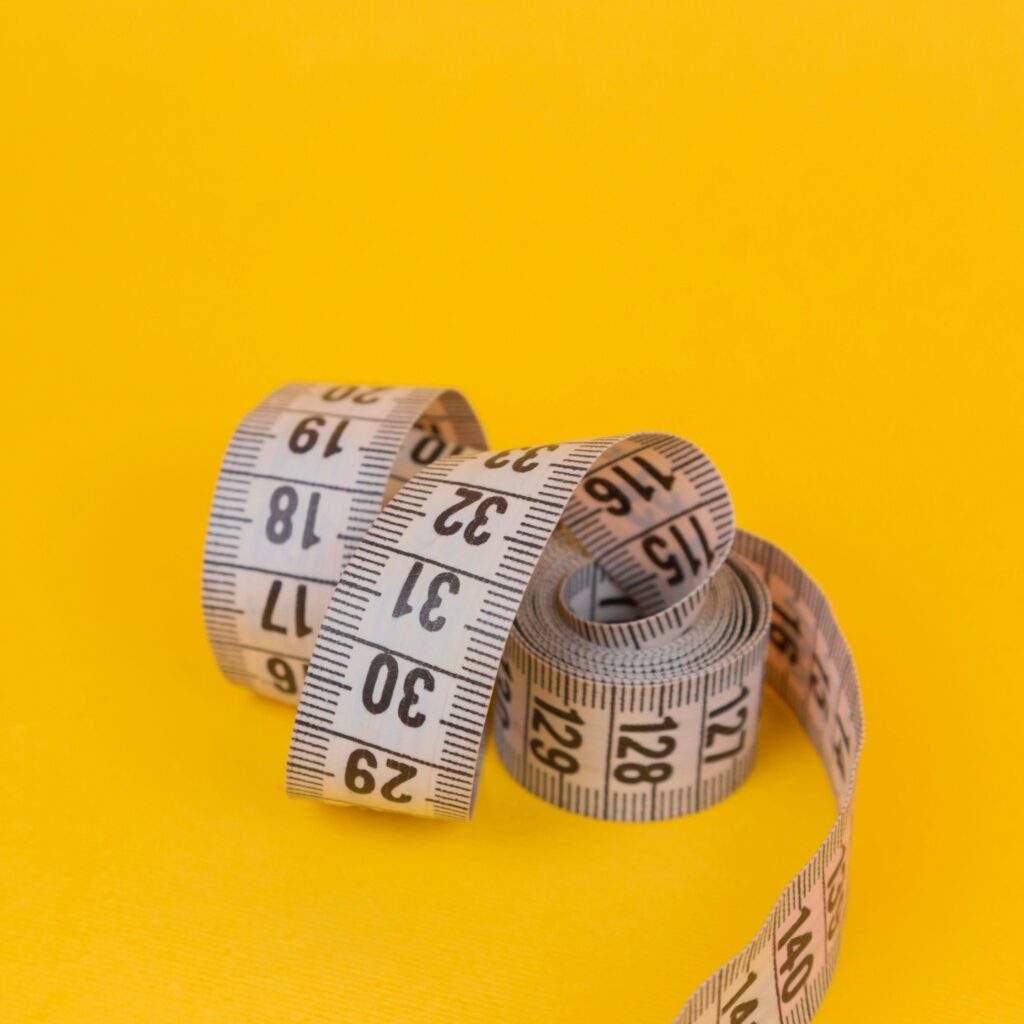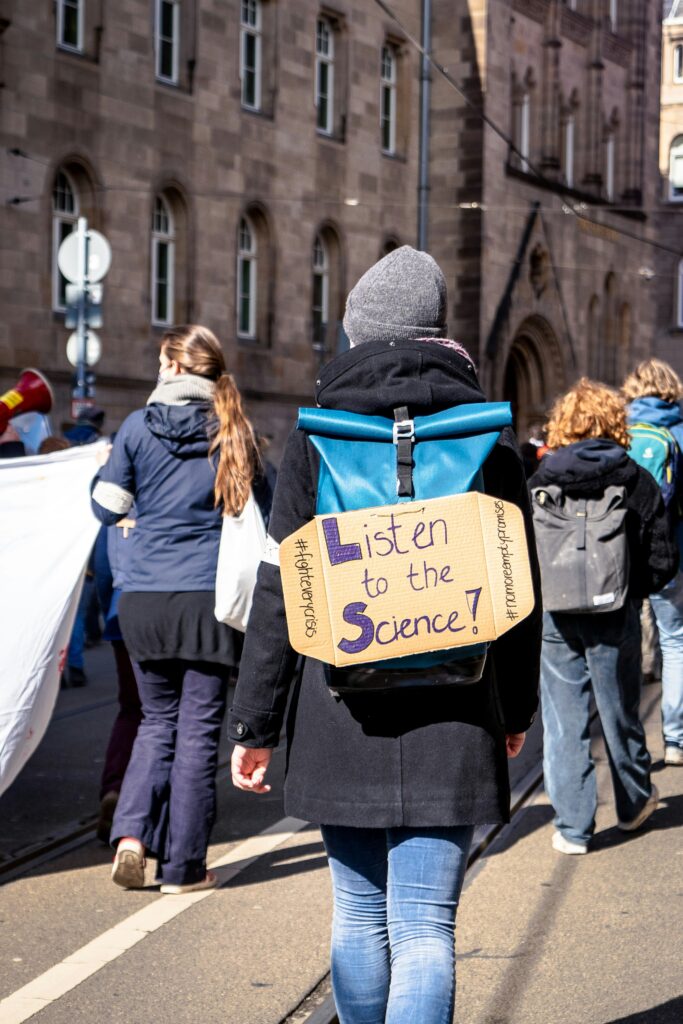
Are we doing the right things or are we doing things right? Can we do both?
A MERL tool for climate change adaptation in Victoria, Australia. How to help councils in their endeavour of climate change adaptation through reflection and action.
A question everybody asks themselves at least once during their projects:
How well am I doing in this project?
A lot of local councils are asking themselves the exact same question regarding climate change adaptation:
How well are we doing in climate change adaptation?
IMAGINE adaptation aims at helping cities in their endeavour of adapting to climate change. The project wants to achieve doing the right things the right way through the use of the monitoring, evaluation, reporting and learning (MERL) framework on climate change adaptations in the urban realm.
The Example of Victoria, Australia
The Western Alliance for Greenhouse Action (WAGA) in Victoria, Australia and the RMIT University of Melbourne developed a framework for monitoring, evaluating, and reporting on climate change adaptation performances of their own councils. It is one of the first climate change adaptation M&E frameworks in the world for measuring adaptation focused on local government, and is also developed and tested by decision makers.
To provide the WAGA councils with a regional context of what vulnerabilities they have and how climate change impacts those areas, the framework includes data on council and regional level.
The main goals of this framework are to track how councils manage and respond to climate change, to monitor the impacts of climate on operations, to communicate with the communities about climate vulnerability and the actions of the council. Most importantly the assessment of the effectiveness of the council’s actions and to inform future actions to prevent or correct maladaptation.
This framework is the foundation of a web-based tool called:
How Well Are We Adapting
The tool is aimed at two key audiences: the council staff along with executives, and the local community. For the latter the objectives are to raise awareness on what is happening and what the council’s responsibilities are, as well as to affirm that action indeed is happening and to educate about climate change. Objectives regarding the councils are to inform adaptation activities and future decision making, the improvement of learning, and building capacity, it is also important to gather data to provide for comparative purposes.
The tool is a homepage that provides information in different segments. It includes an internal reporting section that supports local government staff in increasing their understanding on how well they are adapting to climate change. This is done by tracking the impacts on council services and assets, as well as through evaluating the responses over the long term.
Furthermore it comprises another section called The Adaptive Capacity Checklist. It contains a description on the checklist, and a link that initiates the download of it. The checklist is an excel spreadsheet that contains one sheet with background information, one with a user guide and one with the checklist itself. It provides an organisational scan on how ready the local government really is. It is a freely available self-assessment tool for any local government to increase their input for adaptation response planning.
This checklist monitors existing and on the go adaptations of the council thus gathers data on how things got done and the current situation. Which in turn is the base for evaluation, which then supports improvement of planning processes and in the end enhances climate change adaptation.
In this section the communities can inform themselves through data visualised in a GIS system. The map comes with different layers to apply to it, the different layers contain: climate, background layers, planning, demographics, and environmental data; some have more, some have less sub-layers. Further there are tabs that help with creating a PDF document of the map (print), or you can also select tools to measure distances, areas, and you can search for street addresses too. The user is also able to add their own WMS-layers.
There are also tabs for more information, user guide with detailed descriptions on how to get to specific information, a legend to help identify what you see as well as a button to save the current state of the map as a link, to enable sharing just the specific selected information with others.
This helps communities to inform themselves about climate change impacts that affect their local areas, and enables them to build climate change awareness along with a better understanding of what to adapt against.
Climate change and council services
Furthermore, the section of climate change and council services informs communities and citizens about what the Council does and which services are available to whom in the particular topics of climate change adaptation. The user can select from 4 topics: Strengthening community, Our local parks and sports fields, Planning, building and regulation, Assets and infrastructure.
These are some examples of using the MERL framework to enable local governments to do the right things the right way.
Image: Finn Whelen




